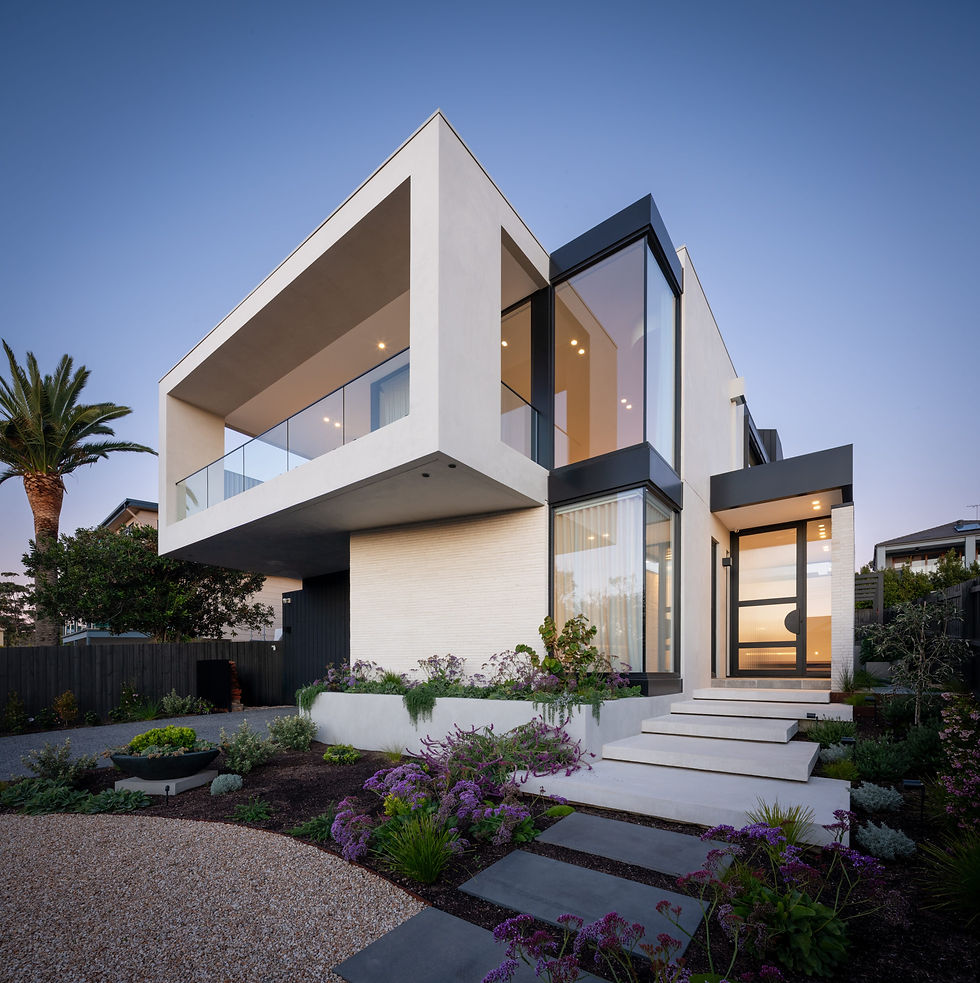Using Petersen bricks, Kunstmuseum Basel ranks in the top 10 of 2016’s most interesting buildings
- Belinda Findlay
- Feb 9, 2017
- 1 min read
Last December, Oliver Wainwright, The Guardian’s architecture critic, announced his top ten most interesting buildings completed in 2016.

Excitingly for Petersen Tegl, Kunstmuseum Basel, the fine arts museum in Switzerland designed by Christ & Gantenbein, ranks at number 4, for which Petersen supplied two types of brick in different shades of grey.
The bricks alternate between dark and light grey, breaking up the look of the building into horizontal bands. Petersen bricks produced customized bricks with a concave mould so that LED lights could be placed flush with the façade, to project text onto one of the bands. And every other brick course protrudes slightly to produce a subtle relief effect on the building’s façade.
Wainwright wrote: “Standing at a crossroads in the centre of Basel like a big chunk of rock freshly hewn from the Alps, the new Kunstmuseum has a suitably geological weight for a building that houses the oldest municipal collection of art in the world. The sharply chiselled edifice uses three shades of brick to give a stratified, sedimentary quality, while the galleries are designed as a suite of intimate rooms. It is a refreshing departure from the prevailing fashion for big, open-plan halls.”

Interestingly Wainwright’s list had Petersen bricks project ranking with the likes of Tate Modern Switch House in London and Hamburg Elbphilharmonie, both designed by Herzog & de Meuron, 432 Park Avenue, New York, designed by Rafael Vinoly and the Palestinian Museum, Birzeit, by Heneghan Peng.




